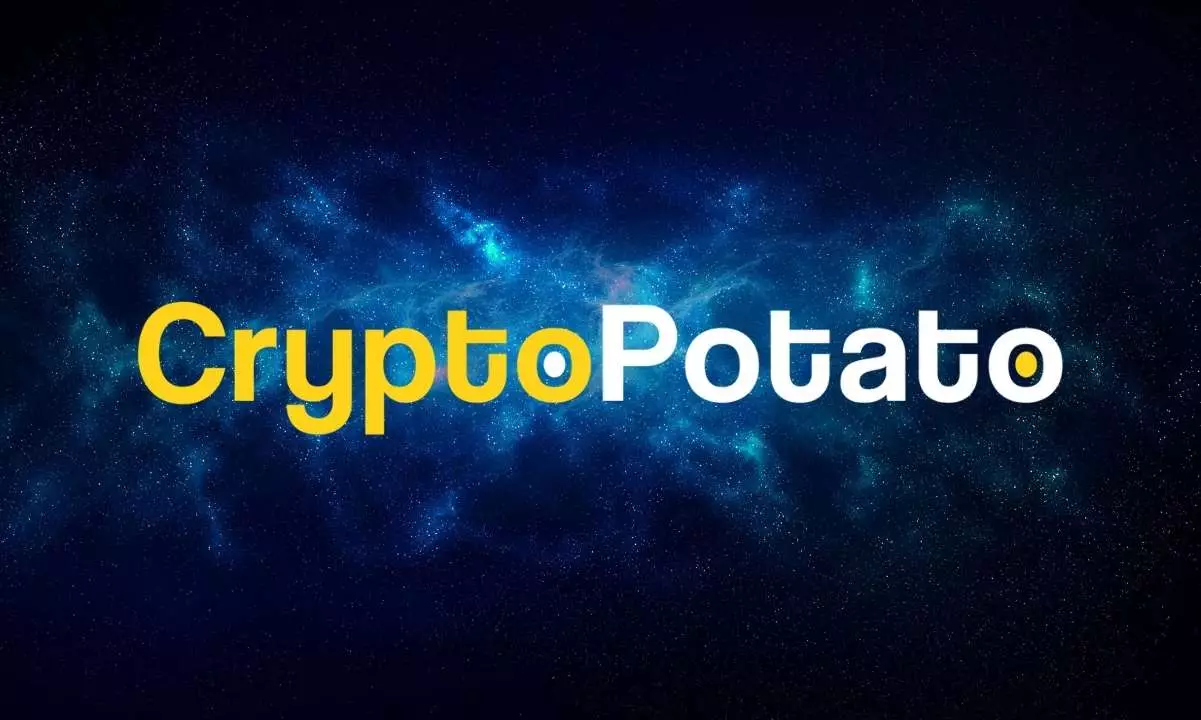The non-fungible token (NFT) market has undergone tumultuous fluctuations, reflecting broader hesitations within the digital asset sector. As 2024 came to a close, it became clear that the NFT domain did not share in the rally that benefited many other cryptocurrency markets. In terms of trading activity and overall sales, the NFT landscape faced significant challenges, marking a stark contrast to its earlier years of explosive growth.
According to insights from DappRadar’s “Dapp Industry Report,” the NFT space grapples with serious setbacks, underscoring a decline reminiscent of its worst days in 2020. The year saw initial optimism with trading volumes peaking at $5.3 billion during the first quarter. However, this momentum rapidly fizzled out as volumes plummeted to a mere $1.5 billion by the third quarter, with only a modest rebound to $2.6 billion in the final quarter of the year. Such numbers reflect not only volatility but a growing apathy among investors—a stark indication that the fervor for NFTs might be waning.
Sales Trends and Market Realities
Adding to the complexity of this situation is the simultaneous reduction in NFT sales figures compared to 2023. The 19% drop in trading volume and an 18% decrease in sales points to a market redirection towards higher-priced tokens, potentially influenced by the rising values of cryptocurrencies like Ethereum (ETH). This scenario could lead to a misguided belief that higher prices equate to sustained interest, while the reality may suggest an oversaturation of unaffordable NFTs that deter engagement from potential buyers.
The Gaming Industry Emerges as a Beacon
In this climate of uncertainty, the gaming industry has firmly established itself as a cornerstone for NFT sales, with several leading collections reaffirming the integration of NFTs into gaming ecosystems. This trend emphasizes a crucial shift towards empowering players through genuine ownership of digital assets, thereby enhancing the appeal of player-driven economies. The gaming sector’s adoption of NFTs illustrates a more functional purpose for these tokens beyond speculative investments, reaffirming their relevance amidst broader market declines.
As the NFT marketplace evolved, Blur emerged as a frontrunner, leveraging strategic airdrop campaigns and a zero-fee trading model. In contrast, OpenSea, once the gold standard in NFT trading, faced regulatory hurdles when the U.S. Securities and Exchange Commission (SEC) issued a Wells Notice due to concerns surrounding unregistered securities. The combination of stringent regulatory scrutiny and fierce market competition culminated in substantial layoffs within OpenSea, cutting its workforce by over half in a bid to refocus and restructure. With initiatives for an “OpenSea 2.0” in the pipeline, including a possibly imminent token launch, the company is attempting to reclaim its lost ground.
Amidst these developments, Magic Eden carved a niche for itself, initially thriving within the Solana ecosystem but progressively adapting to encompass Ethereum and other notable blockchains. Following the introduction of its ME token and a robust airdrop, the platform has outperformed others, signaling the significance of adaptability in sustaining competitive advantage. As the NFT market continues to evolve, it remains to be seen how these platforms will navigate the ebbs and flows of the digital economy.
In retrospect, the turbulent year for NFTs reveals the need for evolution within the space. As speculative excitement wanes and regulatory pressures intensify, the focus may need to shift towards sustainable value creation and utility, particularly within gaming and other practical applications. Only time will tell if the NFT market can recapture the heights of its past or whether it will settle into a more stable, service-oriented existence in the digital realm.














